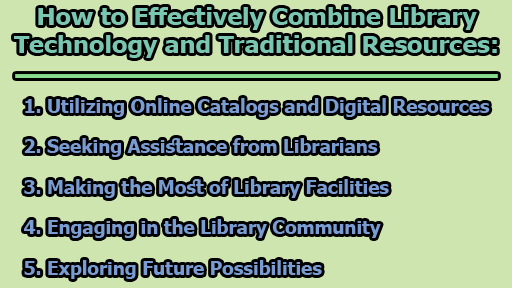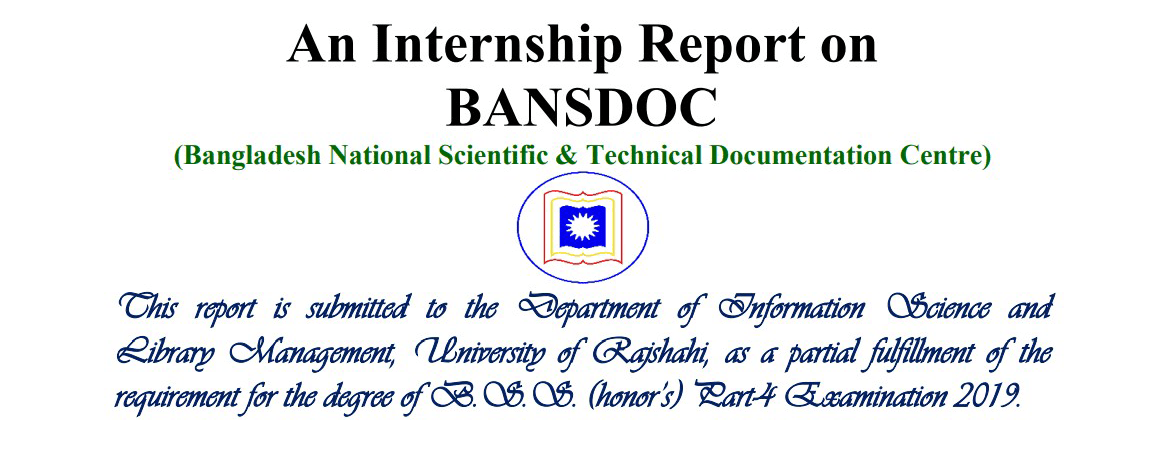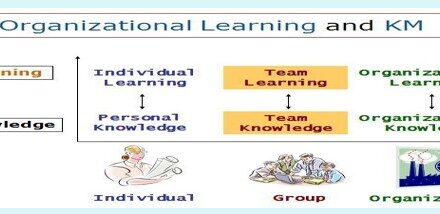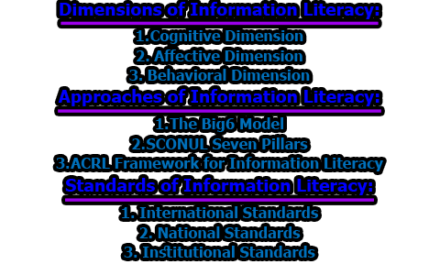How to Effectively Combine Library Technology and Traditional Resources:
Libraries have always been at the heart of our communities, serving as repositories of knowledge and culture. In recent years, they have also become hubs for modern technology and digital resources. In this article, we will explore how to effectively combine library technology and traditional resources to find what you need. By harnessing the power of both worlds, you can make the most of your library experience.
1. Utilizing Online Catalogs and Digital Resources: Most libraries today offer online catalogs that provide a user-friendly way to search for materials. These catalogs allow you to search by title, author, subject, format, and more, making it easy to locate the resources you require. You can also use filters, keywords, and advanced search options to narrow down your results.
Libraries are increasingly providing access to a vast array of digital resources, including e-books, e-audiobooks, e-magazines, and databases. These materials can be downloaded or streamed to your device, making them convenient and accessible. By using these digital resources, you can find information quickly and efficiently, whether you’re conducting research or simply seeking entertainment.
Additionally, don’t overlook the traditional shelves. While online catalogs are incredibly useful, there’s something special about perusing the physical library shelves. You may stumble upon something new, intriguing, or unexpected that catches your eye and broadens your horizons.
2. Seeking Assistance from Librarians: Librarians are invaluable resources in the quest for information. They are experts in finding, evaluating, and utilizing information and can provide guidance and support in various ways. You can approach them in person, over the phone, through email, or via chat to ask for assistance, recommendations, or guidance.
Many libraries offer online tutorials, workshops, and webinars on diverse topics, from how to use library apps to citing sources and conducting research. These opportunities empower you to enhance your skills and knowledge, all with the guidance of experienced librarians.
3. Making the Most of Library Facilities: Libraries aren’t just about books and digital resources; they often offer a wide range of facilities. These include printers, scanners, copiers, fax machines, laminators, and other equipment that you can use for a small fee or sometimes for free. Additionally, some libraries feature special facilities like makerspaces, studios, labs, and classrooms. These spaces are equipped with technology and equipment that encourage creativity, experimentation, and collaboration. For instance, you might find 3D printers, laser cutters, sewing machines, audio and video equipment, robotics kits, and more. Utilizing these facilities can enable you to work on projects, express your creativity, and enjoy a productive and fun environment.
4. Engaging in the Library Community: Libraries are not just about resources; they are communities of people who share a love for learning and discovery. To become a part of this vibrant community, consider participating in library events, programs, and activities that align with your interests and needs. You might find opportunities to join a book club, a writing group, a gaming session, a craft workshop, a language class, a lecture series, or a film screening.
The library space is also ideal for connecting with friends, studying with peers, or networking with professionals. These opportunities allow you to connect with like-minded individuals, share your ideas, learn from others, and bask in the enriching atmosphere libraries provide.
5. Exploring Future Possibilities: Libraries are continually evolving to meet the changing needs and preferences of their users. They consistently add new resources, technology, services, and opportunities to their offerings. To stay informed about these developments, it’s essential to keep up to date with library news, newsletters, social media, and the library’s website.
You can also play a part in shaping the future of your library by offering feedback, suggestions, and comments to the library staff. By expressing your preferences and needs, you can influence the library’s direction and help it evolve in ways that are beneficial to the community.
In conclusion, in the age of digital technology, libraries have adapted and expanded their offerings to encompass a wide array of resources, services, and opportunities. By learning how to effectively combine library technology with traditional resources, you can make the most of your library experience. Whether you’re a student, researcher, or simply a lover of knowledge, the library is a treasure trove of information waiting to be explored.

Library Lecturer at Nurul Amin Degree College










